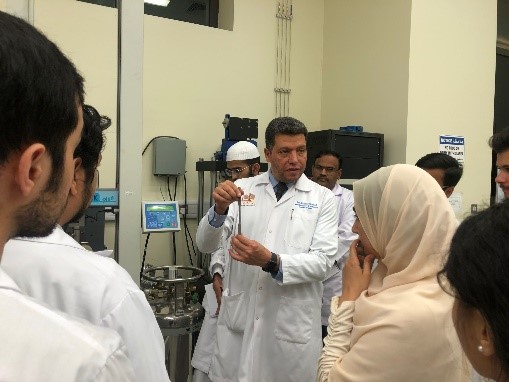 Materials Science & Technology program has high quality research activities, which are aimed to address world’s most challenging problems. We have excellent faculties with good research background to conduct innovative research in various scientific pillars. Our faculty is dedicated to foster students learning outcomes through deeper research to create future scientific leaders by contributing to newer scientific discoveries. The graduate students are free to use the excellent research facilities at Qatar University, especially those at the
Center for Advanced Materials and
Central Laboratory Unit. By holding the educational aspect of research at high level, considerable emphasis is given to the mentoring relationship between the faculty members and the graduate students.
The research interests of the faculty include significant areas of specialization at the forefront of materials science and technology.
Materials Science & Technology program has high quality research activities, which are aimed to address world’s most challenging problems. We have excellent faculties with good research background to conduct innovative research in various scientific pillars. Our faculty is dedicated to foster students learning outcomes through deeper research to create future scientific leaders by contributing to newer scientific discoveries. The graduate students are free to use the excellent research facilities at Qatar University, especially those at the
Center for Advanced Materials and
Central Laboratory Unit. By holding the educational aspect of research at high level, considerable emphasis is given to the mentoring relationship between the faculty members and the graduate students.
The research interests of the faculty include significant areas of specialization at the forefront of materials science and technology.
- Metallurgy
- Nanomaterials
- Polymers
- Sustainable Materials
- Water Desalination, and Treatment
- Energy
- Ceramics
- Composites
- Surfaces and Interfaces
- Materials for Electronics, Photonics and Magnetism
Major Highlights
Functional mesoporous materials
 Surfactant assisted methods of synthesis generate
ordered mesostructures on interfaces and the multilevel architectures have potential uses in drug delivery, catalysis and energy conversion. Numerous mesoporous systems and their controllable synthesis are reported by our researchers, for instance, the
mesoporous carbon with open pore structure as heterogeneous catalysts and
mesoporous silica with large uniform mesochannels for nanomaterial separation. For further reading, please follow the faculty publications
webpage
Surfactant assisted methods of synthesis generate
ordered mesostructures on interfaces and the multilevel architectures have potential uses in drug delivery, catalysis and energy conversion. Numerous mesoporous systems and their controllable synthesis are reported by our researchers, for instance, the
mesoporous carbon with open pore structure as heterogeneous catalysts and
mesoporous silica with large uniform mesochannels for nanomaterial separation. For further reading, please follow the faculty publications
webpage
High performance metals and alloys
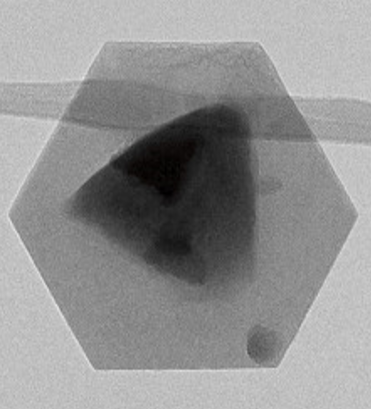 Thermoelectric bismuth telluride nanocomposites are doped with different elements (selenium for n-type or antinomy for p-type) for high performance. Anisotropic morphologies of
plasmonic nanoparticles and
nanocrystalline alloys are also explored for functional property analyses. Distribution of specific micro/nanostructural phases on the metallic grain boundaries enhances the high temperature applications and influence the fuel consumption. For further reading, please follow the faculty publications
webpage.
Thermoelectric bismuth telluride nanocomposites are doped with different elements (selenium for n-type or antinomy for p-type) for high performance. Anisotropic morphologies of
plasmonic nanoparticles and
nanocrystalline alloys are also explored for functional property analyses. Distribution of specific micro/nanostructural phases on the metallic grain boundaries enhances the high temperature applications and influence the fuel consumption. For further reading, please follow the faculty publications
webpage.
Flexible Nanogenerators
 Portable electronic devices, wearable electronics and roll up displays apply piezoelectric power generation principle, and is an advanced technology for mechanical energy harvesting. Polymer nanocomposite fibers as
piezoelectric nanogenerators generates high output voltage, facilitating their use in e-textiles. The research group by
Dr. Ponnamma was able to explore the influence of various nanomaterials on the piezoelectric performance of polymer nanocomposites.
Portable electronic devices, wearable electronics and roll up displays apply piezoelectric power generation principle, and is an advanced technology for mechanical energy harvesting. Polymer nanocomposite fibers as
piezoelectric nanogenerators generates high output voltage, facilitating their use in e-textiles. The research group by
Dr. Ponnamma was able to explore the influence of various nanomaterials on the piezoelectric performance of polymer nanocomposites.
Nanomaterial semiconductors
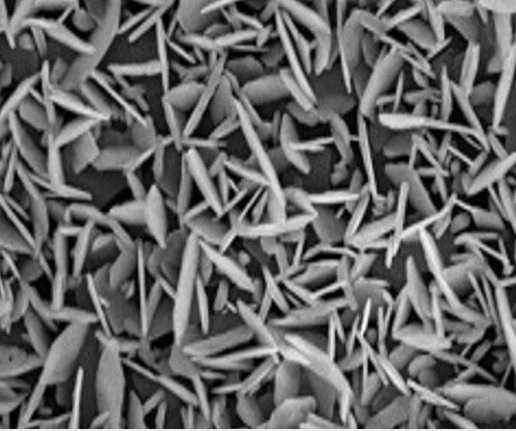 Large-scale optoelectronics integration with silicon complementary metal-oxide-semiconductor technology provides full
photonic integration for communication, medicine and imaging. In addition, the transition metal
dichalcogenide heterostructures developed by eminent researchers in our group, find high photo electrochemical activity for hydrogen production. For further reading, please follow the faculty publications
webpage.
Large-scale optoelectronics integration with silicon complementary metal-oxide-semiconductor technology provides full
photonic integration for communication, medicine and imaging. In addition, the transition metal
dichalcogenide heterostructures developed by eminent researchers in our group, find high photo electrochemical activity for hydrogen production. For further reading, please follow the faculty publications
webpage.
Sustainable Water technology
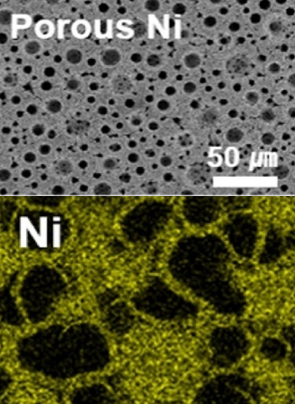 Sustainable water management is a well-addressed topic by our department. Water treatment methods include
desalination technology, photocatalysis,
metal ion recovery and membrane filtration. Advanced materials and promising manufacturing methodologies are adopted by the team to develop hollow fibers, porous materials, and adsorbents for water treatment. For further reading, please follow the faculty publications
webpage.
Sustainable water management is a well-addressed topic by our department. Water treatment methods include
desalination technology, photocatalysis,
metal ion recovery and membrane filtration. Advanced materials and promising manufacturing methodologies are adopted by the team to develop hollow fibers, porous materials, and adsorbents for water treatment. For further reading, please follow the faculty publications
webpage.
Advanced Catalysis
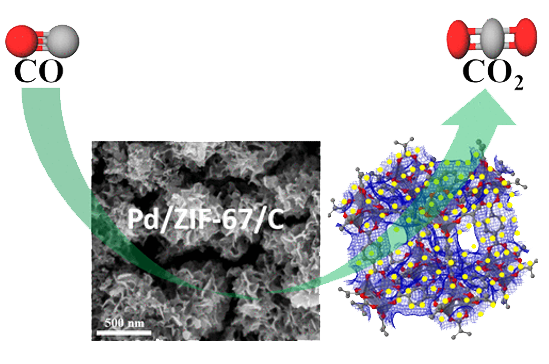 Dr. Abdullah’s research team developed porous carbon nanosheets, carbon nitride etc. for efficient electrocatalysis and CO2 conversion. Electrochemical oxidation of CO is a sustainable methodology for reducing the environmental pollution and global warming.
Hierarchial porous structures provide abundant active catalytic sites, high surface area, quick charge transfer, and atomic efficiency.
Dr. Abdullah’s research team developed porous carbon nanosheets, carbon nitride etc. for efficient electrocatalysis and CO2 conversion. Electrochemical oxidation of CO is a sustainable methodology for reducing the environmental pollution and global warming.
Hierarchial porous structures provide abundant active catalytic sites, high surface area, quick charge transfer, and atomic efficiency.